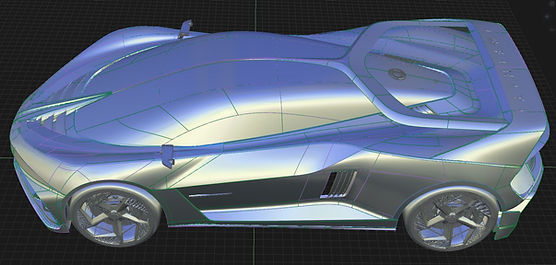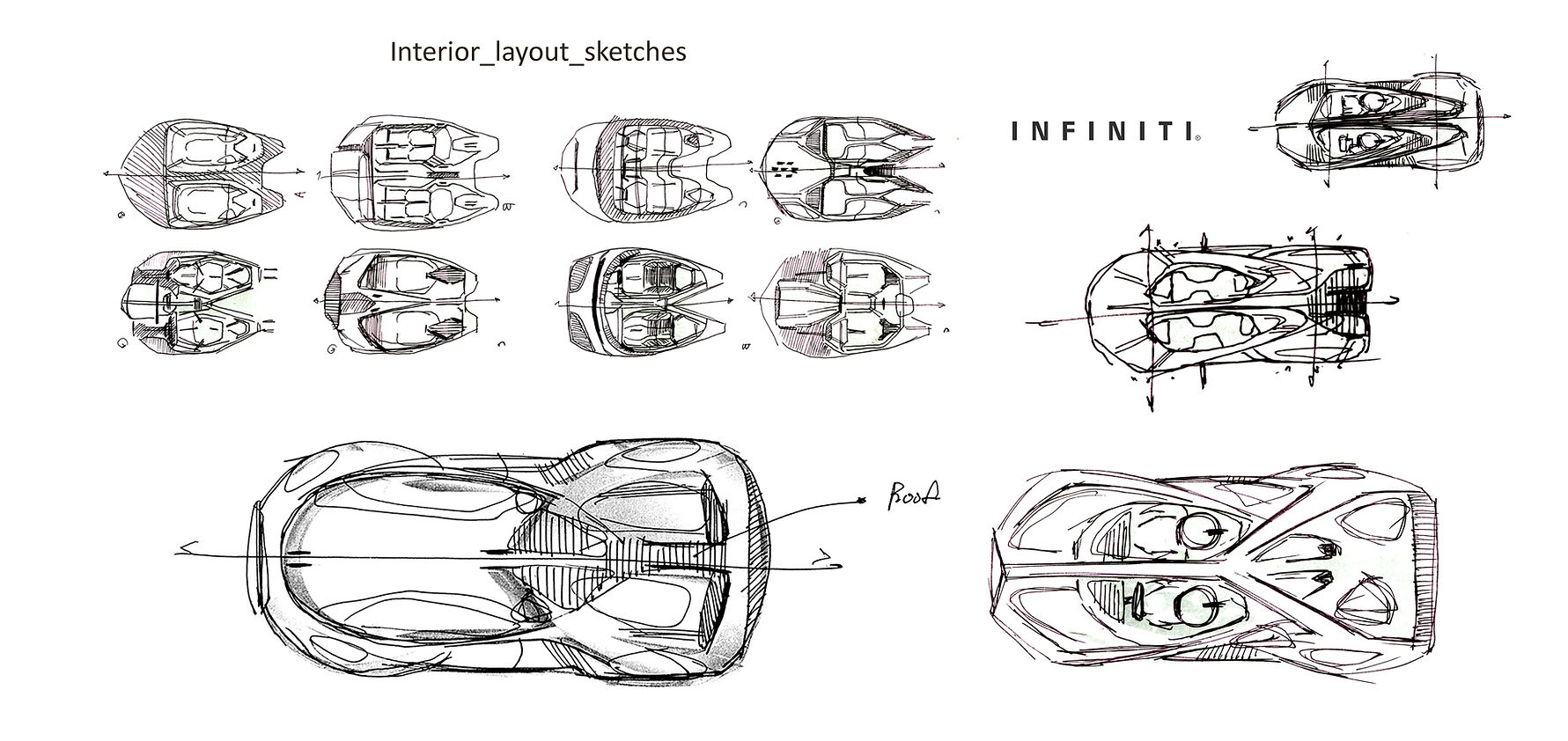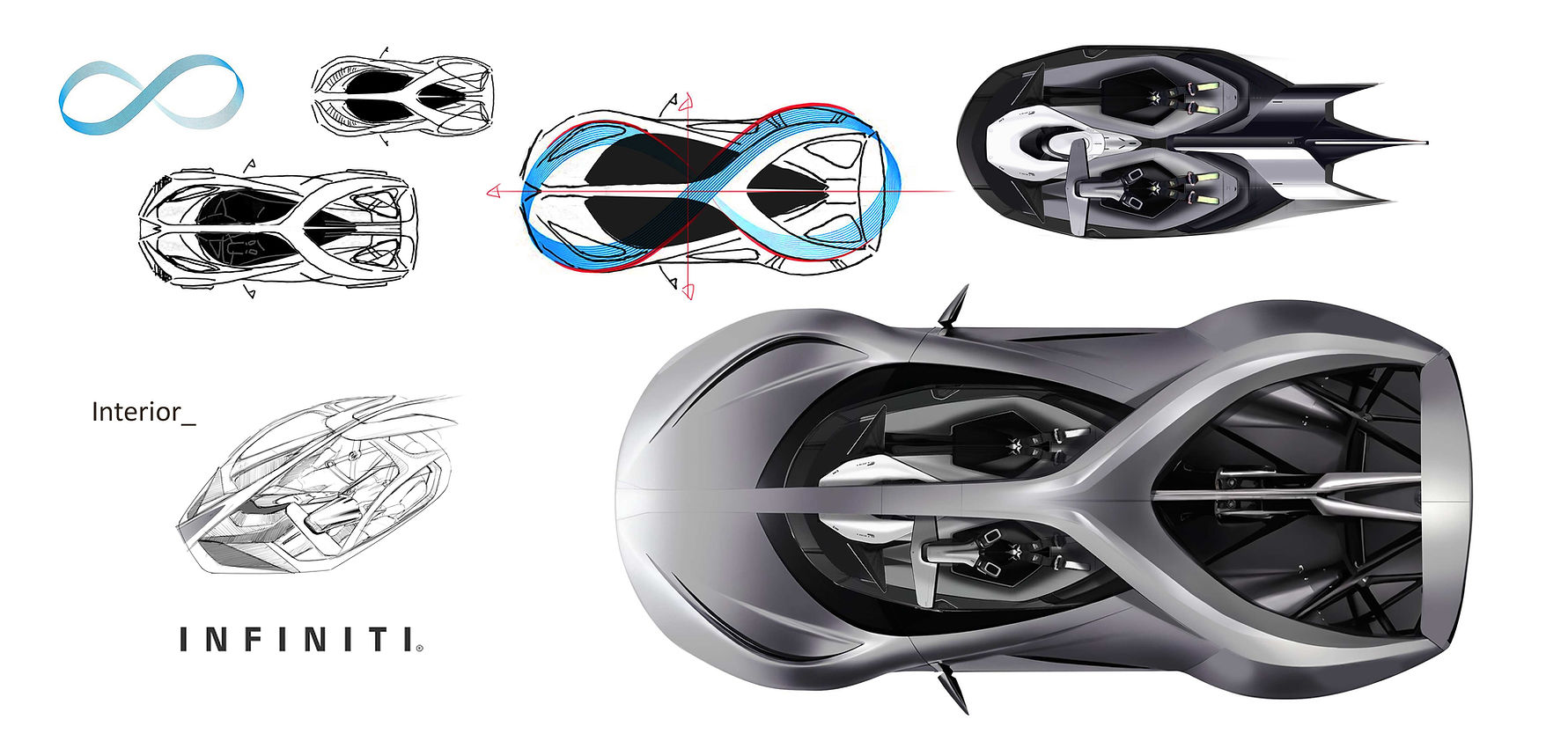INFITI HALO
-Art Center 8th term
Thesis project 14 weeks
A refined Infiniti design realized entirely in Autodesk Alias, focusing on clean surfaces, precise curvature, and sharp character lines. This update highlights professional-level digital modeling and production-ready surface quality.




Autodesk Alias.
WIREFRAME
SHADER
ZEBRA

Autodesk Alias.
Planned patch flow for clean highlights and Class-A ready continuity.





Maintained theoretical construction curves to enable fast and precise design changes.

Autodesk Alias.



Checked surface transitions with curvature comb for G2 quality


Built edge fillets using tube rails to maintain smooth G2 transitions.

Autodesk Alias.



Autodesk Alias.


Patch Layout & Surface Topology
This page shows the organized patch layout used to construct the surface network. Patches are planned to follow design intent while maintaining smooth G2/G3 transitions. Isoparms are distributed efficiently to guide highlights naturally across the form. Wireframe views illustrate clean topology, enabling controlled adjustments and downstream processes. This structured patch flow ensures complex shapes remain editable and design iterations can be applied without compromising surface quality.

Autodesk Alias.


Surface Quality & Continuity Control
This page highlights surface quality and continuity checks on the patches. Curvature combs, zebra stripes, and theoretical lines were used to verify smooth transitions and consistent highlight flow. Tube-based fillets maintain G2 continuity along edges. By preserving theoretical curves and rail definitions, the model supports rapid design changes while keeping Class-A surface quality, demonstrating accurate translation of complex design intent into precise, manufacturable 3D surfaces.

ANIMATION
Design Development
This phase explores the evolution of the Infiniti concept, from initial sketches to refined 3D forms in Alias. Emphasis was placed on defining proportions, shaping surfaces, and developing signature character lines while ensuring functional and aesthetic balance. Iterative refinement allowed for precise control over curvature and surface continuity, translating conceptual ideas into a production-ready digital model.













